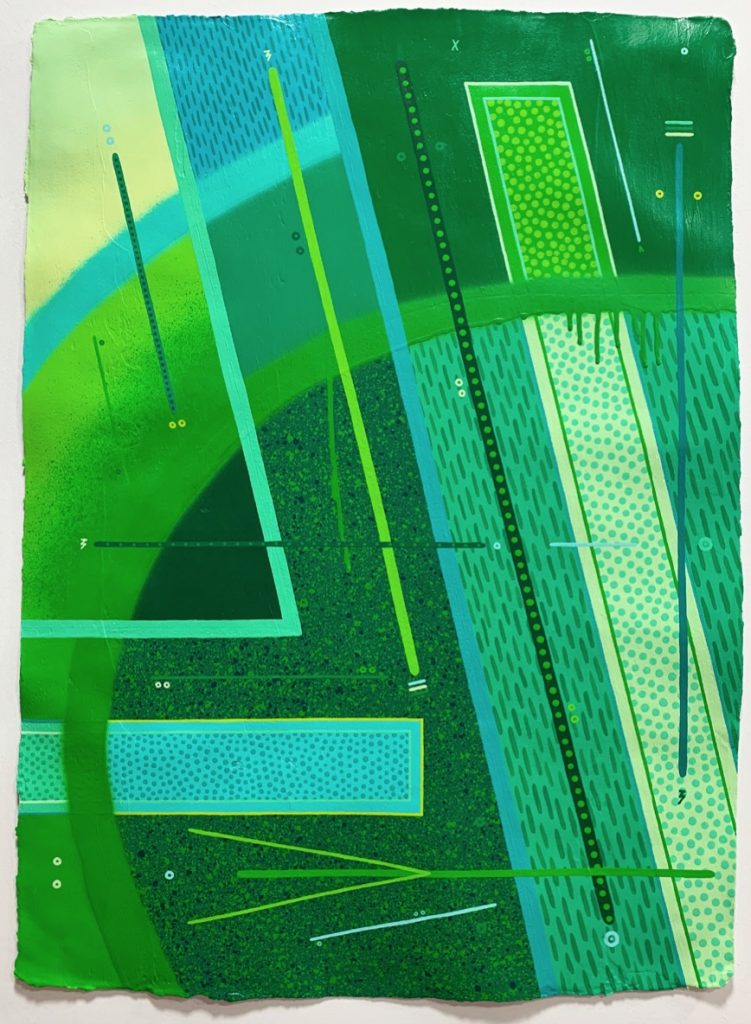Círculo Sagrado. Sixe Paredes
June 2 – September 10, 2020 – RocioSantaCruz gallery
In art, nature continues to seek expression, Angela Molina
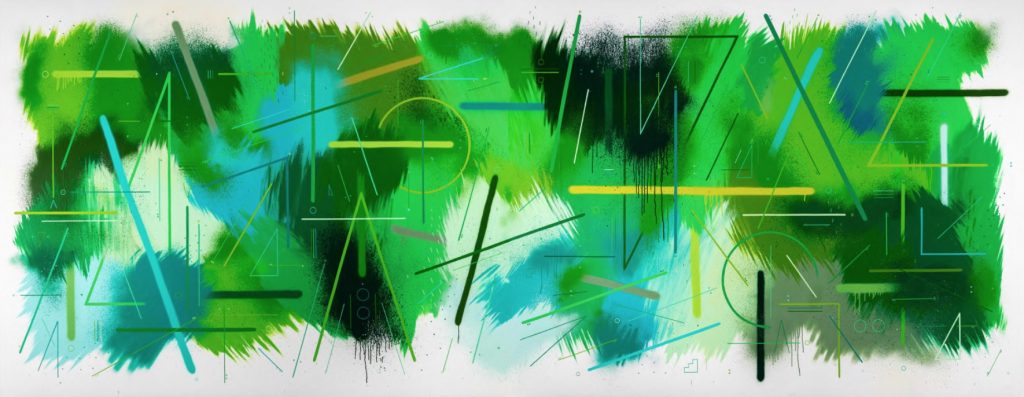 The exhibition Círculo Sagrado -opened on June the 2nd at RocioSantaCruz gallery in Barcelona- reflects, at the same time, the transformation that has taken place in Catalan artist Sixe Paredes‘s artistic language, as well as the different supports that his works have adopted. Despite his international career, Sixe Paredes has not exhibited in Barcelona since 2011. It has been a piece of luck and a great joy to have met with him and his works at the gallery.
The exhibition Círculo Sagrado -opened on June the 2nd at RocioSantaCruz gallery in Barcelona- reflects, at the same time, the transformation that has taken place in Catalan artist Sixe Paredes‘s artistic language, as well as the different supports that his works have adopted. Despite his international career, Sixe Paredes has not exhibited in Barcelona since 2011. It has been a piece of luck and a great joy to have met with him and his works at the gallery.
“Criticism of the structures of the monocultural nation-states and of neoliberal capitalism, largely led by indigenous movements and other popular forces, are a manifestation of social discontent and a challenge not only to the social, economic and environmental effects of the neoliberal model but also the political system as a whole. It is clear this isn’t working and a paradigm shift is urgent. It’s now or never.” stated Laura García-Borreguero Gómez, an anthropologist who has followed and written about his work on numerous occasions.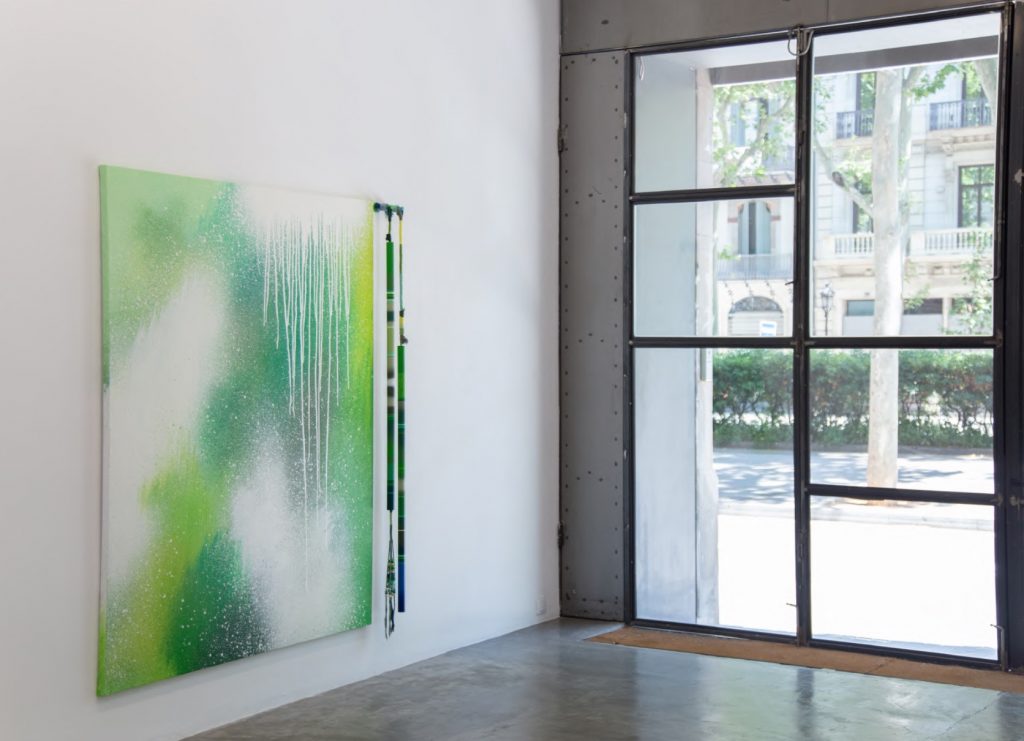
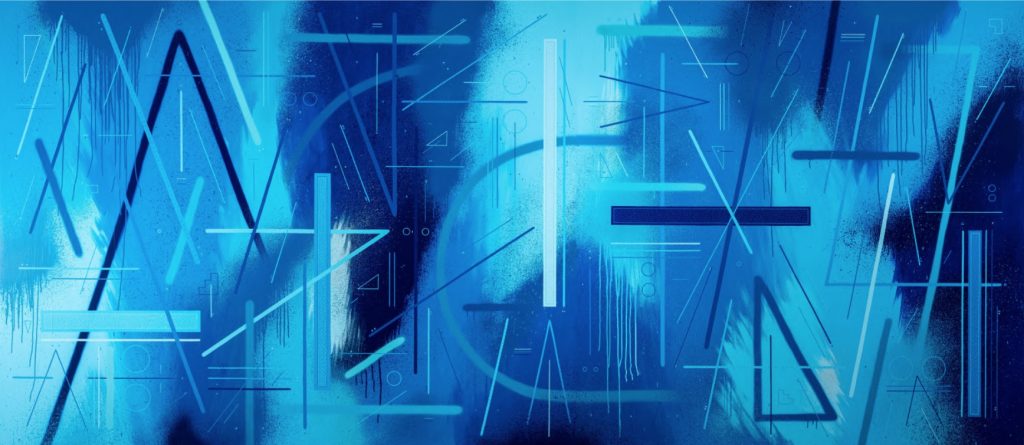
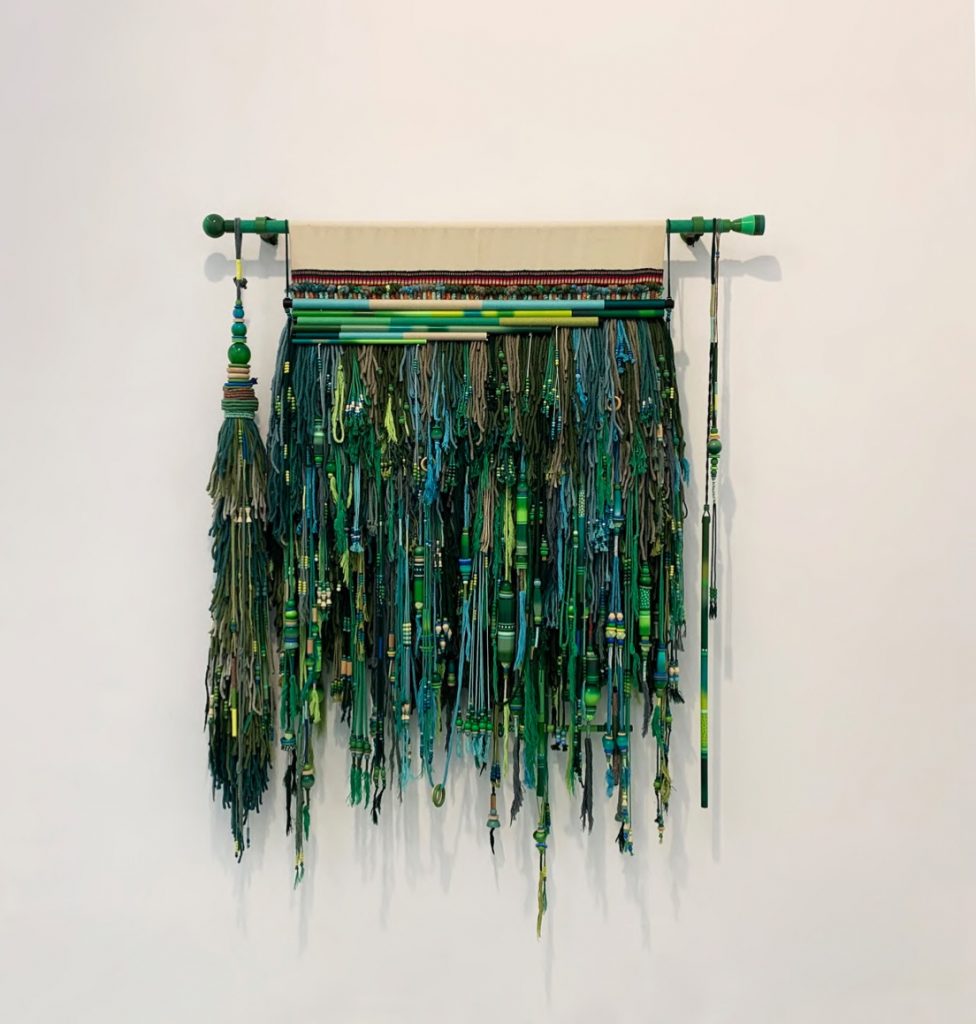
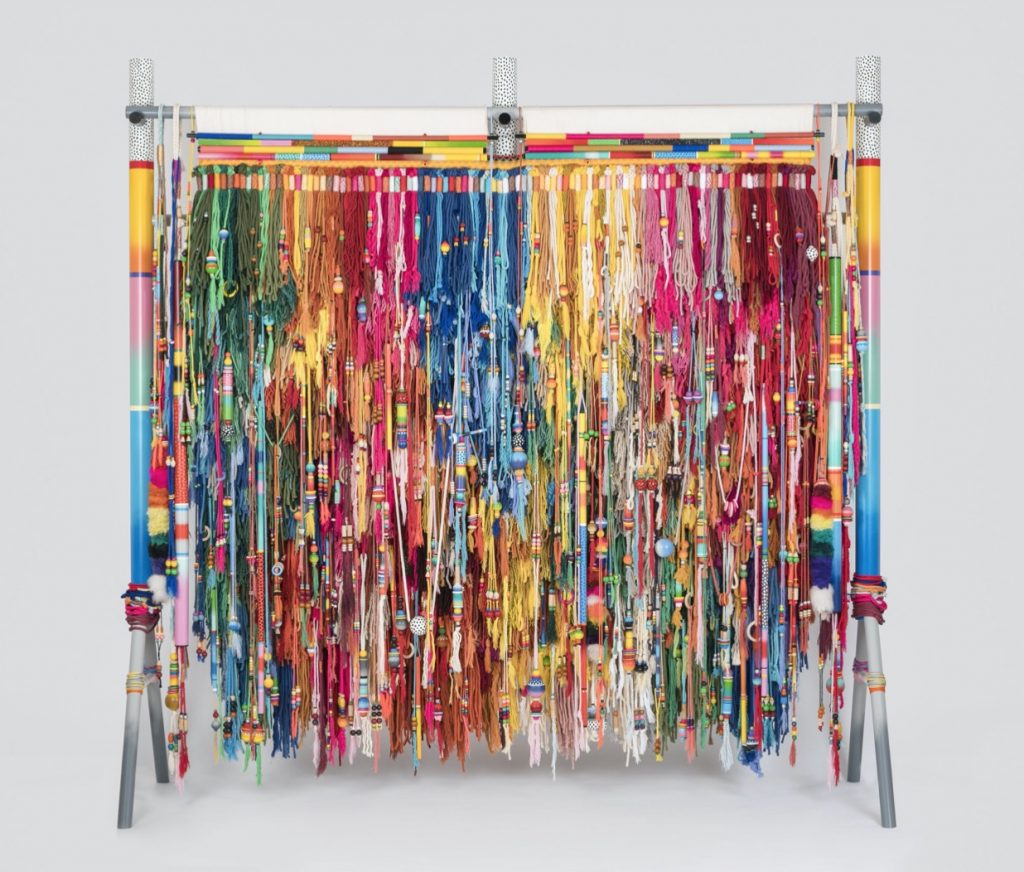
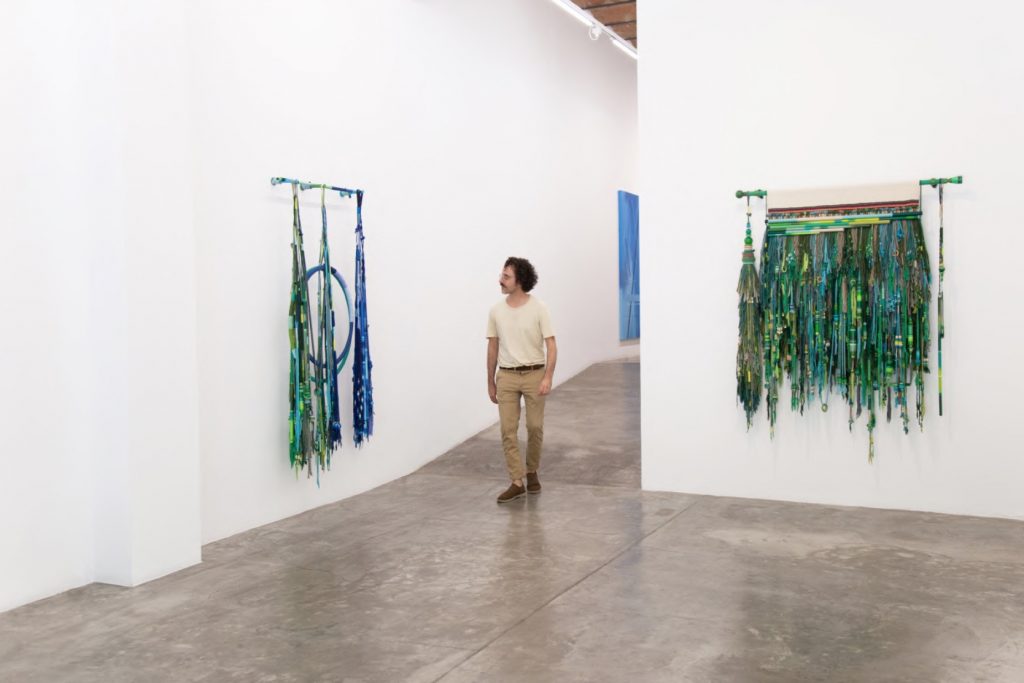
Sixe Paredes
From the late 80s, Sixe Paredes -born in Badalona in 1975- has developed his artistic practice through street painting on the walls of Barcelona. It is from the following decade that he began his studio work, creating his characters on canvas and sculpture. His first canvases date from 1998.
This transition from outdoors to the exhibition space has a great success, also keeping the vitality of the streets and the exteriors alive.
Laura García-Borreguero Gómez affirms: “Sixe Paredes is as a self-taught artist who has learned through his own means, investigations, and practices during a career spanning over twenty-five years. Sixe Paredes generates, from a very personal figurative, a whole bestiary between the animal and the humanoid, reaching the Abstract Figurative and developing a whole language of elements and symbols, many of which have accompanied and have been transmuted over time.”
In 2008, he was one of six artists invited by London’s Tate Modern to paint its main facade for the first time. Since then, he has had exhibitions worldwide in Paris, Brussels, London, Pekin, Mexico, United States, Madrid and Montreal.
Since 2009, Sixe spent long periods of time in Peru to deepen his knowledge of Peruvian and Andean art and culture. He achieved this goal by collaborating with creative communities in the area, learning the local traditions and techniques of potters, textile artisans, chicha designers and musicians.
In 2014, he returned to London for a residency followed by an exhibition at the Somerset House arts centre. Rafael Schacter, curator of the Street Art at Tate Modern exhibition, wrote about the exhibition “Futurismo Ancestral”: “It is an offering to Peruvian and Andean aesthetics. The South American country is somewhere Sixe feels at home, at ease with its ‘vital rhythm, whit its simplicity’. It is a place that opened his ‘heart and eyes to new interior dimensions’. It is also a place where he could ‘paint in many places without problems”, reminiscent of how his beloved hometown of Barcelona used to be in the late 80s.

